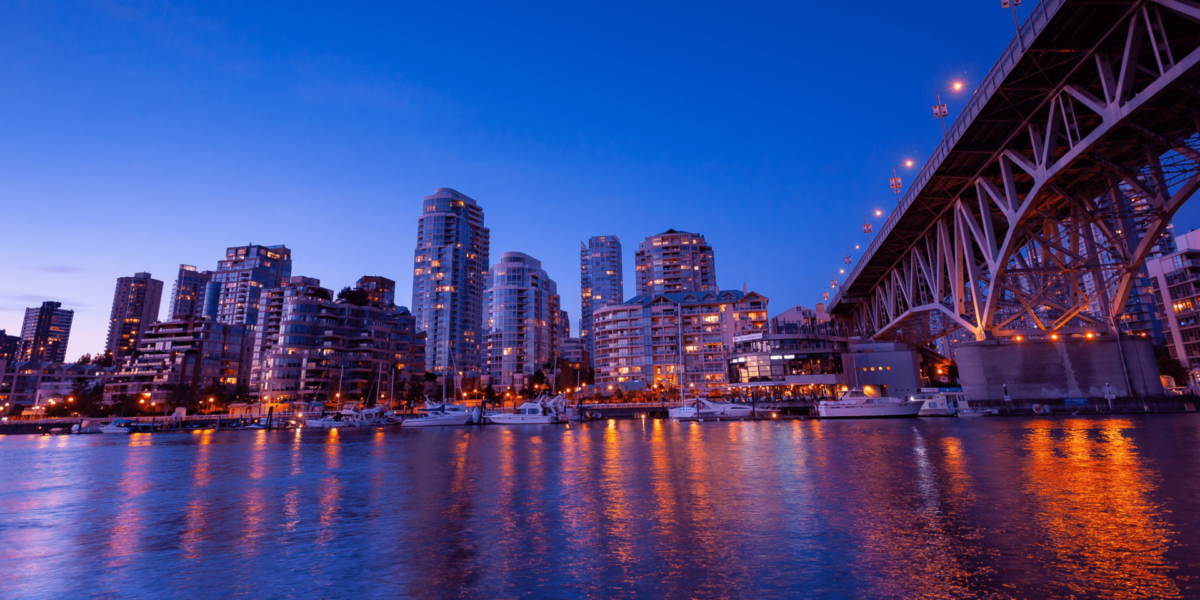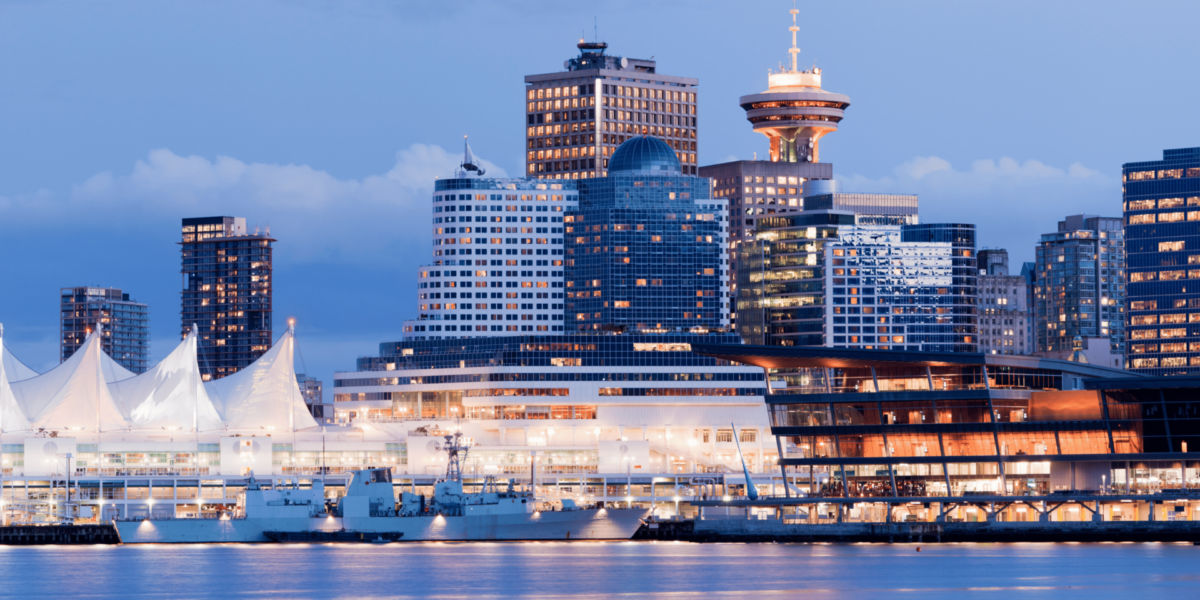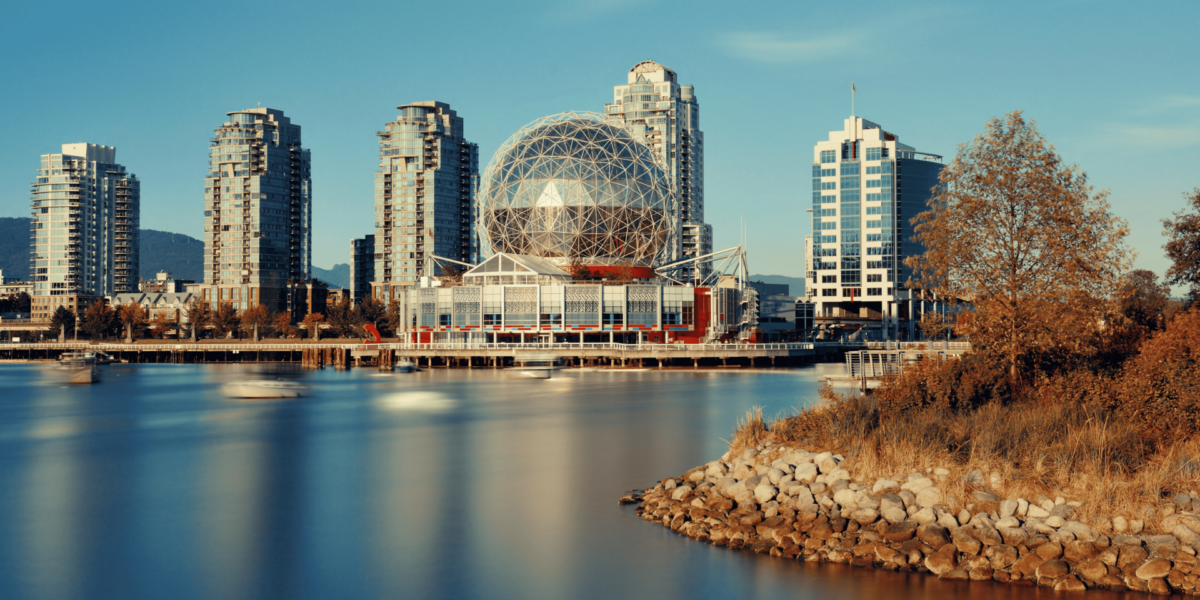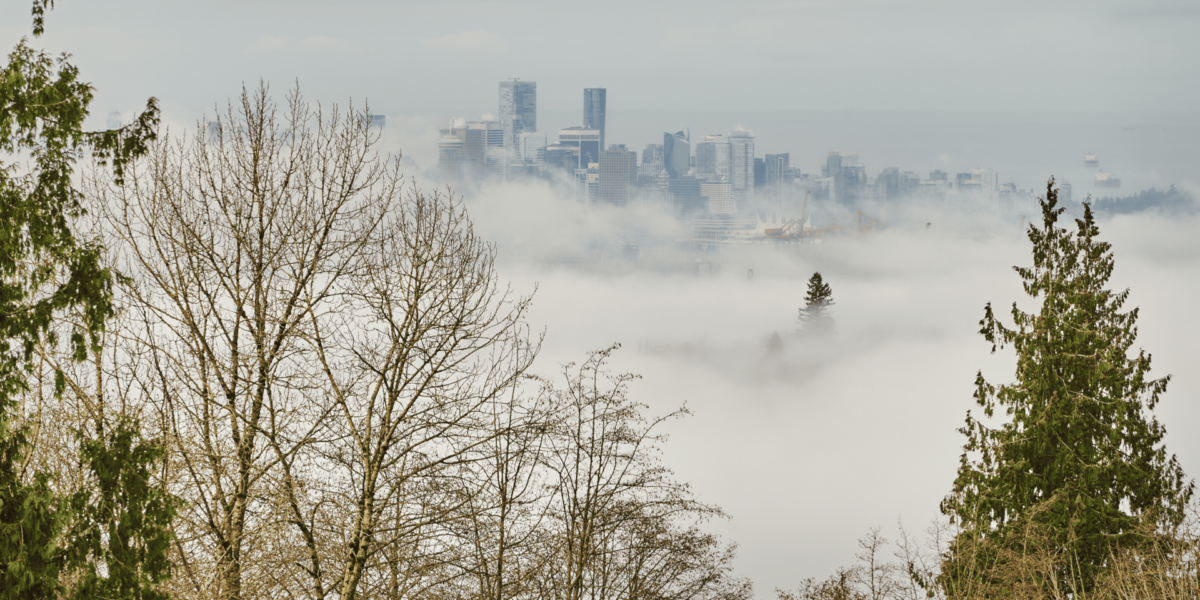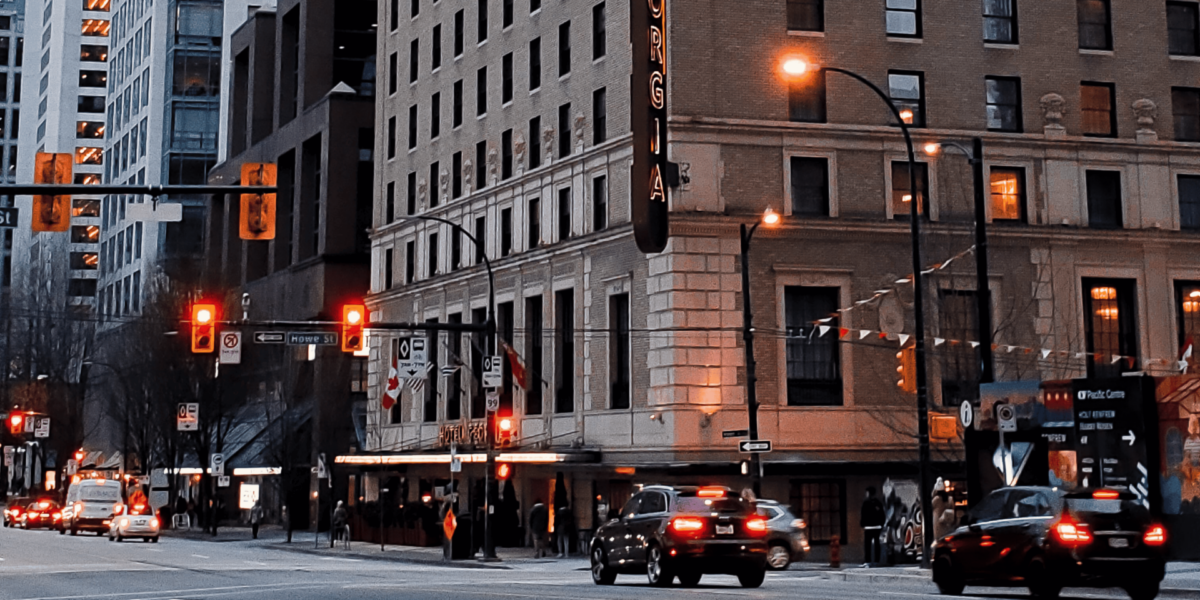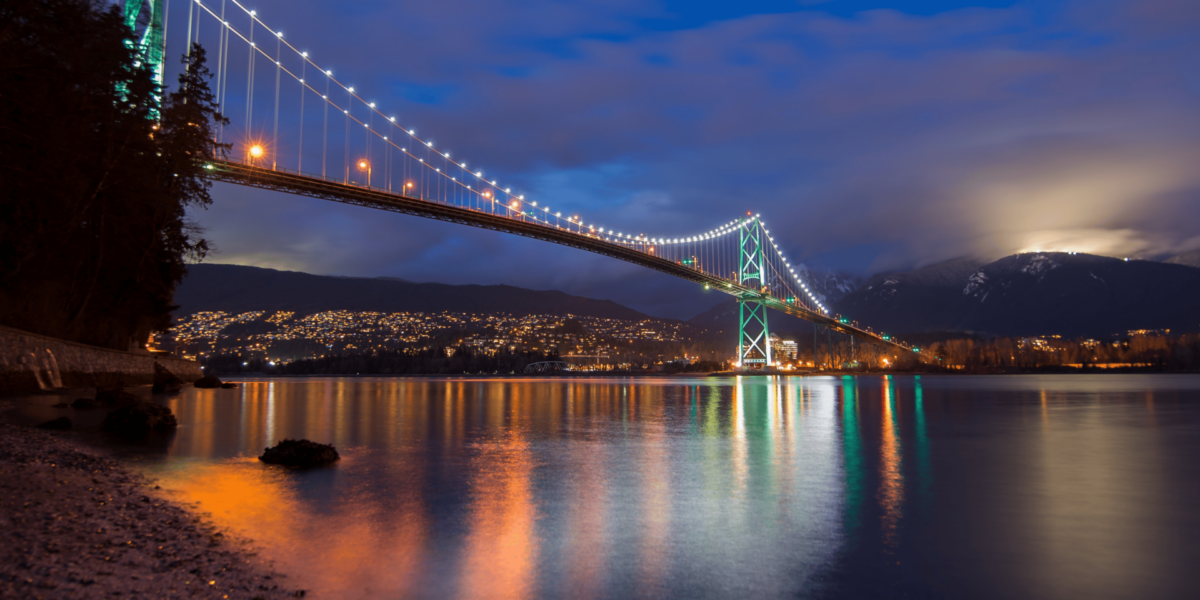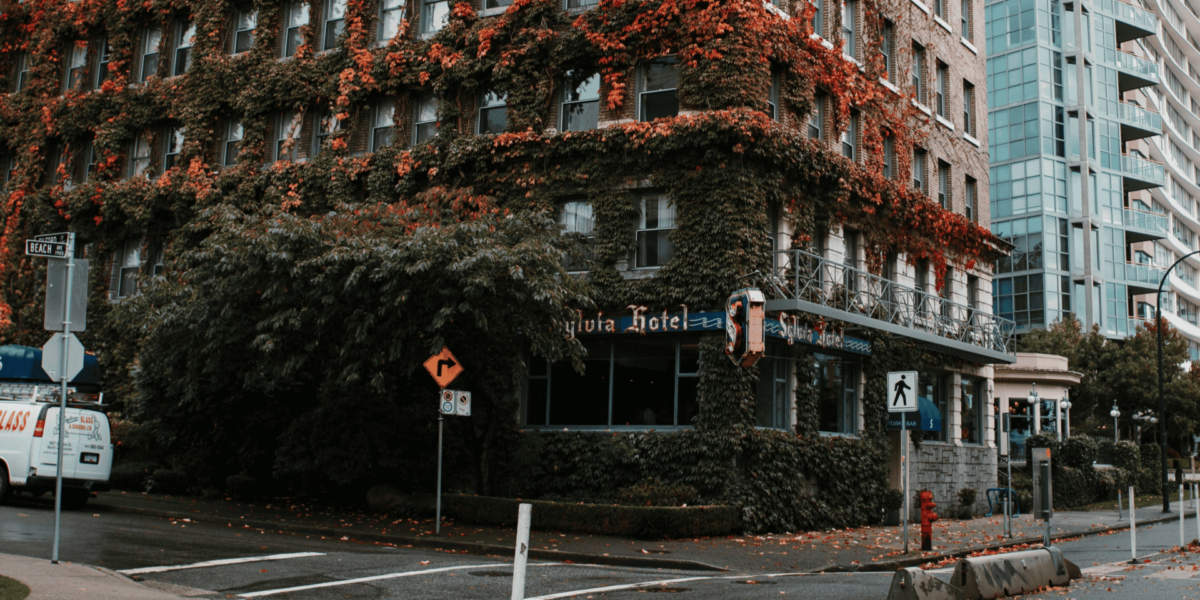Vancouver’s Nightscape Once Glowed with Identity
Neon signs once defined the character of Vancouver’s night. From the 1950s through the early 1980s, these glowing displays lined the streets of downtown and nearby neighborhoods, casting bright colors across buildings, sidewalks, and storefronts.
A person walking along Granville Street decades ago would have passed dozens of neon signs lighting up every block. Bars, movie theaters, diners, and retail shops used these signs to mark their presence after dark. The signs weren’t just for advertising—they shaped how the city looked and felt at night.
The Disappearance of Neon Changed the Urban Mood
Over the years, many of Vancouver’s neon signs were removed. Some came down due to changing city policies. Others disappeared as businesses closed or modernized their branding. As the glow faded, so did a key part of the city’s visual identity.
In a realistic urban planning scenario, a small business district begins replacing neon with flat LED panels. The light still shines, but it no longer interacts with the street in the same way. Pedestrians feel the difference immediately. The ambient glow is gone, replaced with sharper, colder light. The city loses warmth and depth after dark.
Fading Signs Reflect Shifting Cultural Values
As Vancouver’s economy evolved, so did its design standards. Neon signs, once seen as modern, began to look outdated. Developers and property owners often favored cleaner, quieter visuals. The fading of neon reflected a shift in how the city presented itself to residents and tourists.
An arts venue updating its exterior may choose to remove an old sign instead of repairing it. That decision, though small, contributes to a larger change. The nightscape becomes more neutral. Layers of history are erased, and with them, the stories once attached to specific locations.
Archival Photography Preserves What’s Lost
Photographers documenting Vancouver’s nightscape have captured the slow disappearance of neon signage. These images now serve as visual records of what the city once looked like after dark. They preserve design choices, light patterns, and even neighborhood character.
Inside a local archive, curators sort thousands of street-level images that show signs glowing over sidewalks. Each photo captures a different stage of the city’s change. The documentation matters, not just for nostalgia, but for understanding how visual cues help define a place over time.
Night Photography Reveals Forgotten Layers
Shooting Vancouver after dark exposes details that daylight hides. Reflections, color shifts, and shadows all contribute to a unique visual story. The absence of neon in newer areas stands out when compared with older districts that still hold remnants of the glow.
A photographer walking through East Vancouver at night might capture a faded sign still flickering over a boarded-up shop. The image holds contrast—past energy against present silence. These forgotten layers give context to how neighborhoods once looked and how they’ve evolved.
Public Memory Clings to Iconic Signs
Some neon signs remain active. These few survivors have become symbols of the city’s past. Locals and visitors alike recognize them, not just as landmarks, but as emotional touchpoints. Their glow connects the present to the stories of earlier decades.
In front of an old hotel or theater, someone stops to take a photo beneath a buzzing neon script. They remember visits from years ago or imagine what the street once sounded like. These moments remind people that memory lives in design as much as it does in words.
Light Affects How People Experience Space
Neon light isn’t just decorative—it shapes perception. It adds depth, color, and atmosphere. Streets that once felt vibrant under neon now feel flatter and less distinct. The experience of walking through a city changes when the light changes.
Along a newly redeveloped block, LED lighting creates uniform brightness with little variation. Shadows are minimal. Reflections fade. The area feels newer but less expressive. Without variation in light, the street lacks emotional texture. This subtle shift changes how people connect to the space.
Urban Development Prioritized Efficiency Over Expression
The decline of neon coincided with larger trends in urban planning. City officials focused on safety, cost, and maintenance. New signage laws made neon harder to install or preserve. As glass towers rose, expressive signage gave way to minimal branding.
In downtown projects, developers often select low-profile lighting to match architectural guidelines. These choices reflect practical concerns but leave behind the expressive energy that once defined the area. Design becomes controlled, and personal character is reduced in the name of consistency.
Efforts to Restore Neon Reflect Cultural Interest
Despite its decline, neon hasn’t been forgotten. Art institutions, museums, and advocacy groups have worked to restore and preserve what remains. These efforts reflect a growing awareness that visual history matters to a city’s identity.
A community project might restore a historic diner’s neon sign, wiring it to light once again over a modern sidewalk. The effort goes beyond aesthetics. It recognizes that people need to see traces of their shared history to feel rooted in a place. Restoration becomes both visual and emotional repair.
Vancouver’s Future Nightscape Needs Design Memory
As the city continues to grow, planning for nighttime identity becomes critical. Light should do more than illuminate. It should create mood, evoke memory, and support visual diversity. Without that intention, Vancouver risks becoming a city that looks the same after dark as it does during the day.
Architects and designers working on mixed-use developments can consider light as a storytelling tool. Reviving neon, experimenting with layered lighting, or reintroducing color to signage helps preserve atmosphere. It creates new experiences while honoring past aesthetics.

